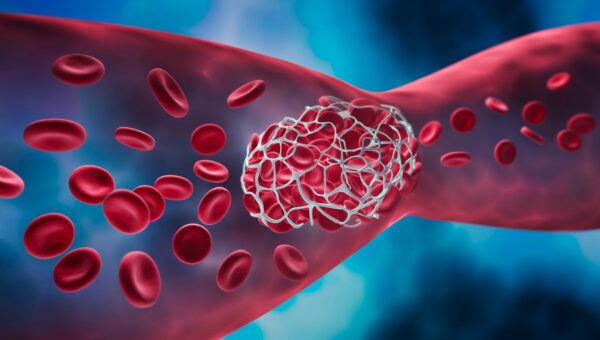
Common symptoms that usually start after about five days of infection include fever, nausea and vomiting. Other symptoms that happen at a later stage of infection are a stiff neck, confusion, lack of attention to people and surroundings, seizures, hallucinations, and coma. Ultimately it destroys brain tissue, causing swelling in the brain and ultimately death.
STORY HIGHLIGHTS
South Korea has reported its first death from a rare but fatal brain-eating amoeba that causes death in a matter of days. Here’s everything you need to know about Naegleria fowleri:
South Korean authorities on Monday reported the nation’s first death from a “brain-eating amoeba”. The Korea Disease Control and Prevention Agency (KDCA) as per Yonhap news agency confirmed that a 50-year-old Korean man who had recently returned from Thailand died from the disease.
Here’s all you need to know about the “brain-eating amoeba”:
What is it?
The scientific name for this brain-eating amoeba is ‘Naegleria fowleri‘, and it is a microscopic single-celled organism found in warm freshwater bodies like lakes, rivers and hot springs.
How does it infect people?
Naegleria fowleri can enter the body via infected water. This can happen when people go swimming, diving or dunk their heads in water contaminated by this amoeba.
The amoeba as per the United States Centers for Disease Control (CDC) travels up your nose and enters the brain cavity where it slowly destroys brain tissue and causes a rare but usually fatal infection called Primary amebic meningoencephalitis (PAM).
Even if people don’t go swimming in the above-mentioned water bodies they can still risk infection if they use Naegleria fowleri-contaminated water to cleanse their noses and clear sinuses.
In rare instances, people have been infected by chlorine-free pool water and water parks etc.
Geographically, where is this brain-eating amoeba found?
It was first discovered in the United States in the year 1937 and the CDC warns that in warmer months of July, August and September, it may be present in any freshwater body in the US. It is not present in salt, or brackish water.
The organism mainly thrives in warm water and heat and grows best in high temperatures up to 115°F (46°C) but can at times survive warmer temperatures.
How common are infections from this amoeba?
The case reported on Monday (December 26th) is South Korea’s first case of the brain-eating amoeba. In the US between the period, 2012-2021 on an average zero to five cases were diagnosed annually. As of 2018, a total of 381 cases have been reported from across the world, mainly from US, India and Thailand.
Who is most vulnerable to the disease?
Mostly young boys of ages 14 years or younger. However, as per CDC, this could mainly be due to the fact that boys this age are more prone to participate in activities that leave people vulnerable to the organism and the resulting disease.
Is it contagious?
No, it isn’t. An infected person cannot pass the disease on to another.
What are the symptoms of brain infection?
Common symptoms that usually start after about five days of infection include fever, nausea and vomiting. Other symptoms that happen at a later stage of infection are a stiff neck, confusion, lack of attention to people and surroundings, seizures, hallucinations, and coma. Ultimately it destroys brain tissue, causing swelling in the brain and ultimately death.
The disease progresses rapidly and generally, death happens between one to five days after the infection. In almost 97 per cent of cases, the infection turns fatal.
What are the treatment options for Naegleria fowleri?
Currently, no set treatment for the amoeba exists. This is mainly due to the rare nature of this infection. However, a number of drugs were found to be beneficial in the treatment.
While currently reported cases of this deadly amoeba are rare, as climate change and global warming heat up the planet, this heat-loving amoeba may thrive making infections common.









